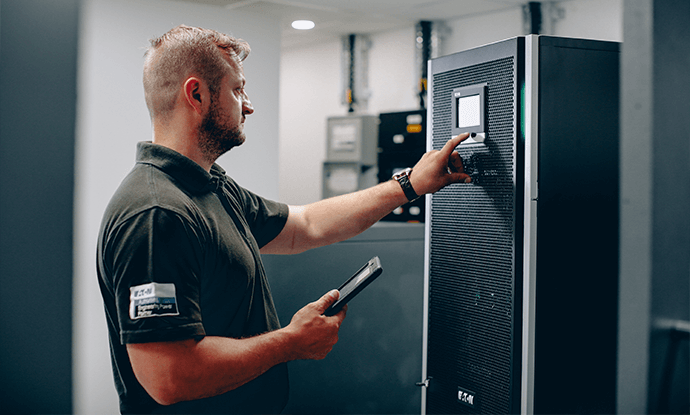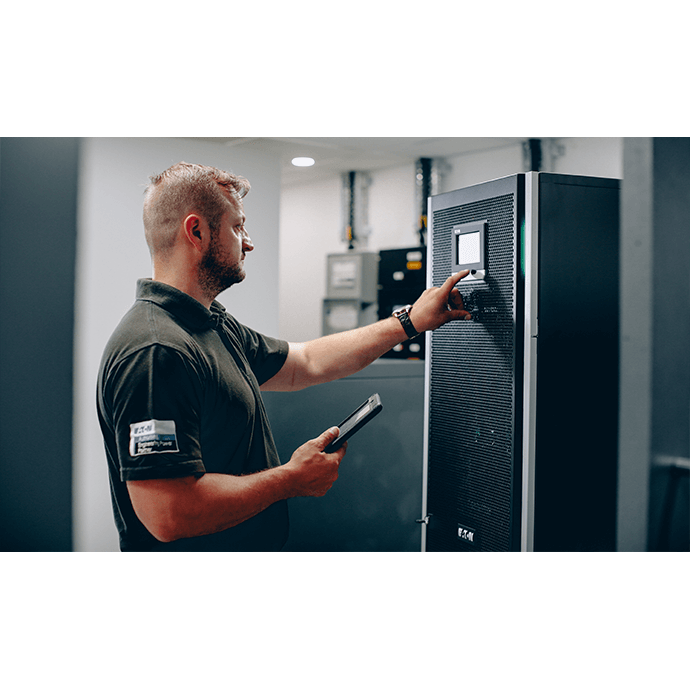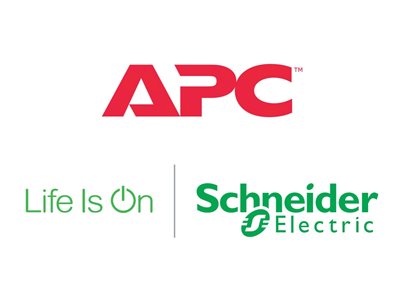Essential Tips for Buying the Right UPS (Uninterruptible Power Supply)

In our increasingly digital world, the reliability of power is paramount for the smooth operation of electronic devices. An Uninterruptible Power Supply (UPS) plays a critical role in providing backup power and protecting against power surges and outages. Whether for home, office, or industrial use, choosing the right UPS can be a complex task, given the variety of options available. Here are some essential tips to guide you through the process of purchasing the perfect UPS for your needs.
1. Assess Your Power Needs
Calculate Power Load
- Determine the total power load of all the devices you plan to connect to the UPS. This is typically measured in watts (W).
- Consider future expansions or additional devices when calculating your power needs.
Determine Runtime Requirements
- Decide how long you need your devices to run on backup power. Longer runtime typically requires a UPS with a higher capacity or additional battery modules.
2. Understand UPS Types
Standby UPS
- Ideal for basic power backup needs, like home computers or entertainment systems.
- Provides surge protection and switches to battery backup when a power outage is detected.
Line-Interactive UPS
- Suitable for small businesses and servers.
- Offers voltage regulation, improving power quality by correcting brownouts and overvoltages without using the battery.
Online (Double-Conversion) UPS
- Best for critical applications and sensitive equipment.
- Provides the highest level of protection by continuously converting incoming AC power to DC and then back to clean AC output.
3. Look for Adequate Surge Protection
- Ensure the UPS offers sufficient surge protection. Look for a high Joule rating, which indicates better surge protection capability.
4. Check for Compatibility
Device Compatibility
- Ensure the UPS is compatible with the devices you plan to connect, especially in terms of plug types and voltage requirements.
Software Compatibility
- Some UPS models come with software for managing power settings and viewing battery status. Check that this software is compatible with your operating system.
5. Consider Battery Replacement and Maintenance
- Check the ease of replacing the UPS battery and the availability of replacement batteries.
- Some higher-end models offer user-replaceable batteries, which can be a cost-effective feature in the long run.
6. Evaluate Additional Features
Connectivity Options
- Look for features like USB or network connectivity for easy integration with your systems and remote management capabilities.
Display Features
- A visual display on the UPS can provide valuable information like power load, battery charge, and runtime.
7. Factor in Physical Size and Placement
- Consider the physical size of the UPS and where it will be placed. Ensure there’s adequate space for ventilation to prevent overheating.
8. Budget and Warranty
- Balance your budget with the features and capacity you need. Don’t compromise essential features for cost.
- Check the warranty period and what it covers. A longer warranty can provide peace of mind and protection for your investment.
Conclusion
Choosing the right UPS requires a clear understanding of your power needs, the type of equipment you wish to protect, and the specific features that will best serve those needs. By considering these factors, you can ensure continuous power and protection for your valuable devices. Remember, a UPS is not just a backup power solution; it’s an investment in the stability and security of your technological infrastructure.







